Rear Window wasn't the first intense thriller to come from Alfred Hitchcock and James Stewart, as the movie that earned that distinction was actually Rope. Throughout his storied career, critically acclaimed director Alfred Hitchcock had a number of actors he liked to lean on for his films, one of which being James Stewart. Despite not being a natural choice for the dark and serious tone of a typical Hitchcock film, Stewart turned out to be a great fit for the director's films. Together, James Stewart and Alfred Hitchcock made four movies: Rear Window, Vertigo, The Man Who Knew Too Much, and Rope.
Arguably the most iconic of the three is Rear Window, a murder mystery film that paired James Stewart with Grace Kelly. Its ability to deliver a compelling, suspenseful story all while being stuck in a single apartment the entire film helped establish Rear Window as a significant cinematic achievement. However, it's worth noting that as amazing as it was, Hitchcock had pulled off something similar in a different James Stewart movie, just a few years prior.
Rope Is A Reverse Of Rear Window's Murder Mystery
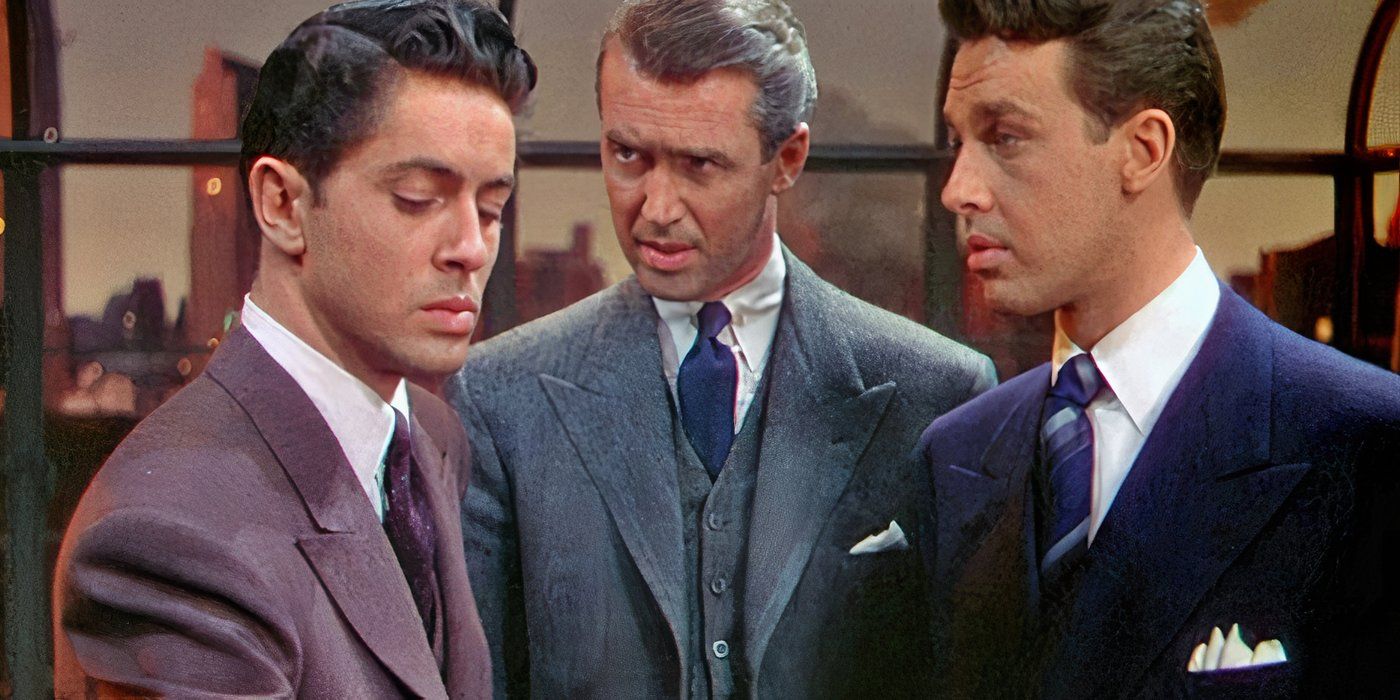
Two of Alfred Hitchcock's best movies, Rear Window and Rope are both films where an act of murder is at the center of the plot. But in contrast to Rear Window, whether or not someone committed a murder is not in question in Rope; what happened and who is responsible is known from the very beginning of the film. The killers are two young men, Brandon Shaw (John Dall) and Phillip Morgan (Farley Granger). The pair killed their friend and college classmate, David Kentley, all to experience what it's like to take a human life.
Much of the suspense in Rear Window relies on the uncertainty of what really happened to Lars Thorwald's wife but Rope builds intensity in a different way; it sees Brandon and Phillip host a small party immediately after the killing, with all of the guests being linked with their victim in one way or another. The conspicuous absence of David, the suspicions of James Stewart's Professor Rupert Cadell, and the clues given by Brandon's deteriorating emotional state helps Rope assemble a slew of suspenseful moments, keeping the audience wondering when all the pieces of the puzzle will be put together - or whether the killers will wind up outing themselves.
Rear Window's Best Idea Was Used In Rope First
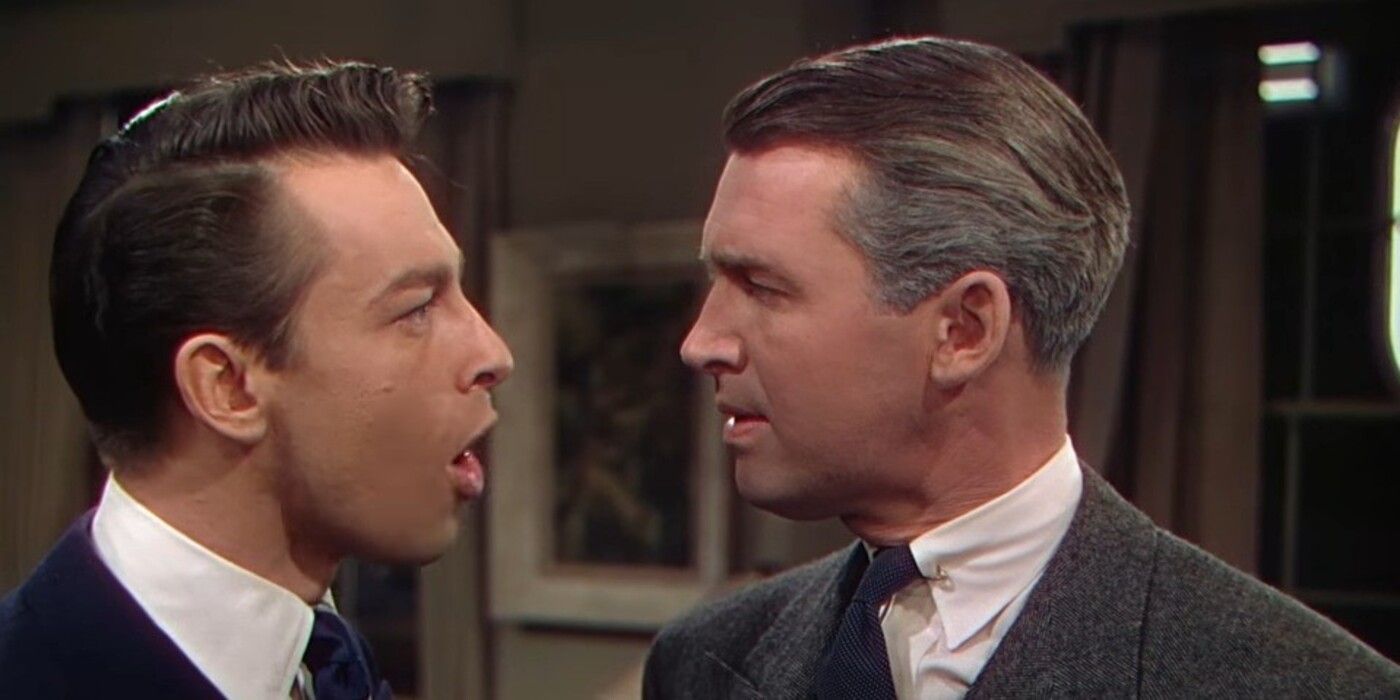
The decision to keep the entire story of Rear Window confined to the main character's home is greatly reminiscent of the approach that Hitchcock took with Rope. Much like Rear Window, the drama revolving around the movie's central murder plays out entirely within a single apartment. This is a rarely employed strategy, given that it's difficult to tell an interesting story without ever changing the setting, but for both Rope and Rear Window, this works to their advantage. In Rear Window, all the suspense it needs can be found in front of Jeffries' window as he and his friends observe Mr. Thurgood, whereas Rope thrives off the tense situations that occur during the party.
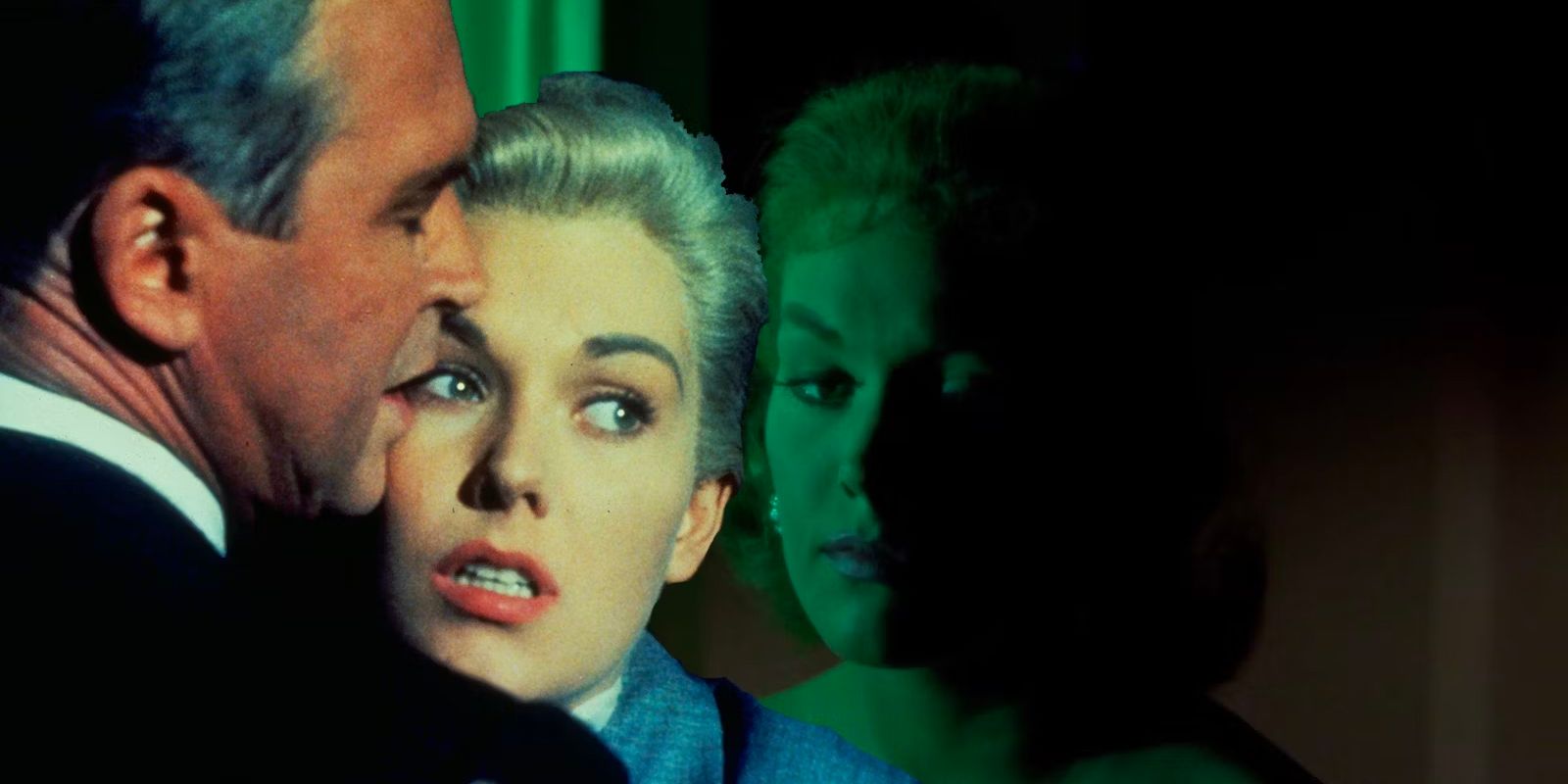
Related
Alfred Hitchcock’s Vertigo Ending, Explained
Vertigo continues to inspire other movies to this day, offering an ending with various plot twists and a tragic conclusion to a puzzling love story.
It's never necessary for Rope to leave Brandon and Phillip's apartment, as the excitement and intrigue remain constant throughout the story. After all, no one outside the apartment is relevant to the plot. After the killing, Rope gradually sees the invited guests arrive at the apartment, and then follows the party itself from start to finish, with anxiety and suspicion growing more fervent the longer it goes on.
Rope Does 1 Thing Even Better Than Rear Window
Alfred Hitchcock Made Rope Seem Like One Long Take
One of the most important elements of both movies is their reliance on long takes. Part of what makes Rear Window such an intense film is the way in which Hitchcock draws out his scenes; since they develop so slowly, the viewer is compelled to wait with anxious anticipation. This tactic also helps the audience feel that they're watching this unfold just as Jeffries does. Rope does this as well, but in a much more pronounced fashion. There are no time jumps in Rope.
It would be unfeasible for the director to shoot an entire film in one take, but it gives the illusion that this is how the movie was filmed by briefly fading to black in certain shots
Time passes by whenever Jeffries falls asleep, allowing it to take place over a period of a few days. Rope, on the other hand, really does take place in real-time, without skipping forward at all. The way in which it pulls this off speaks to the creative talent of Alfred Hitchcock. It would be unfeasible for the director to shoot an entire film in one take, but it gives the illusion that this is how the movie was filmed by briefly fading to black in certain shots. In one instance, it zooms in on a person's back, and seamlessly shifts to a new take from there. In this way, Rope is just as much of a masterpiece as Rear Window.
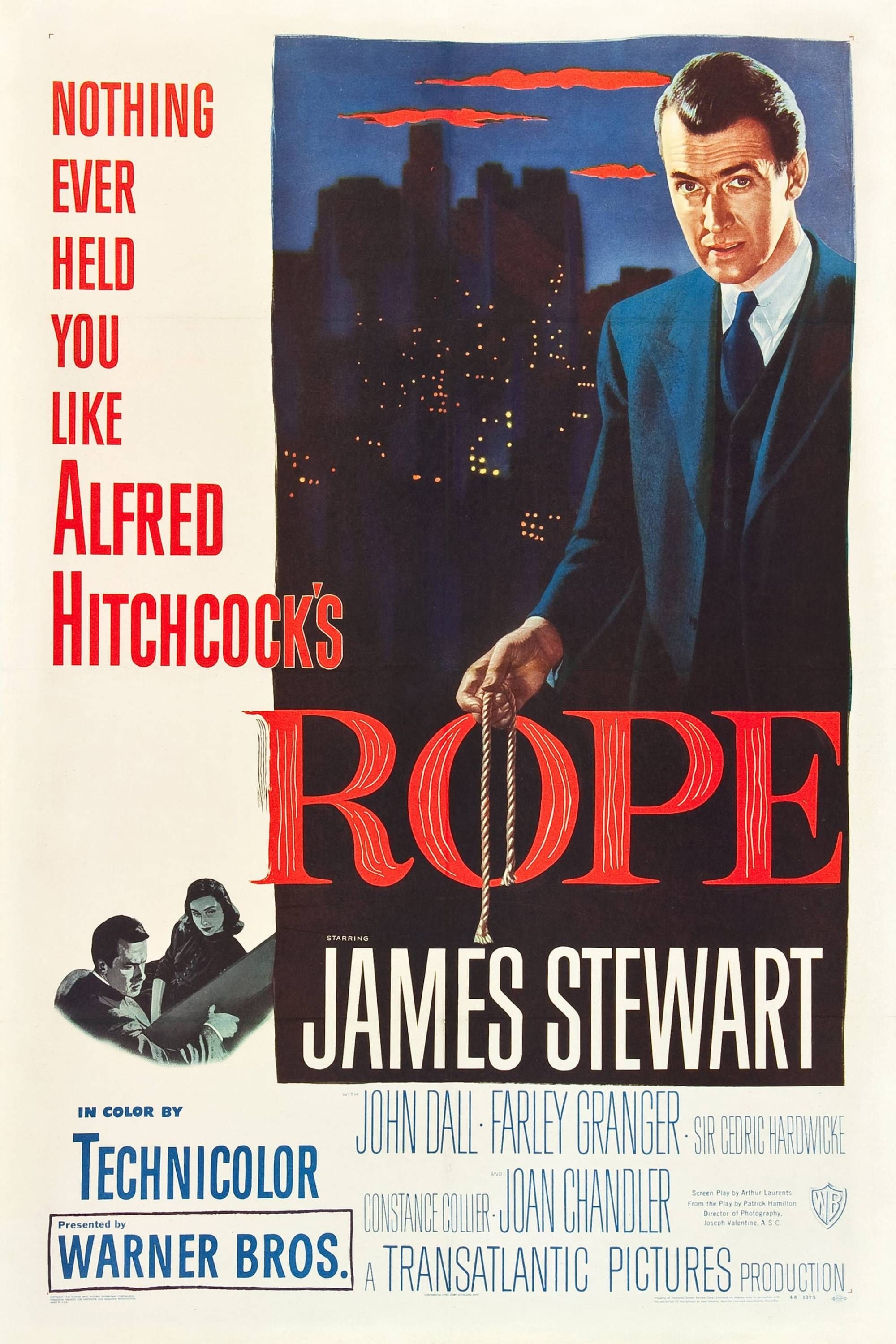
Rope
Release Date August 26, 1948
Runtime 81 minutes
Writers Arthur Laurents, Ben Hecht, Hume Cronyn

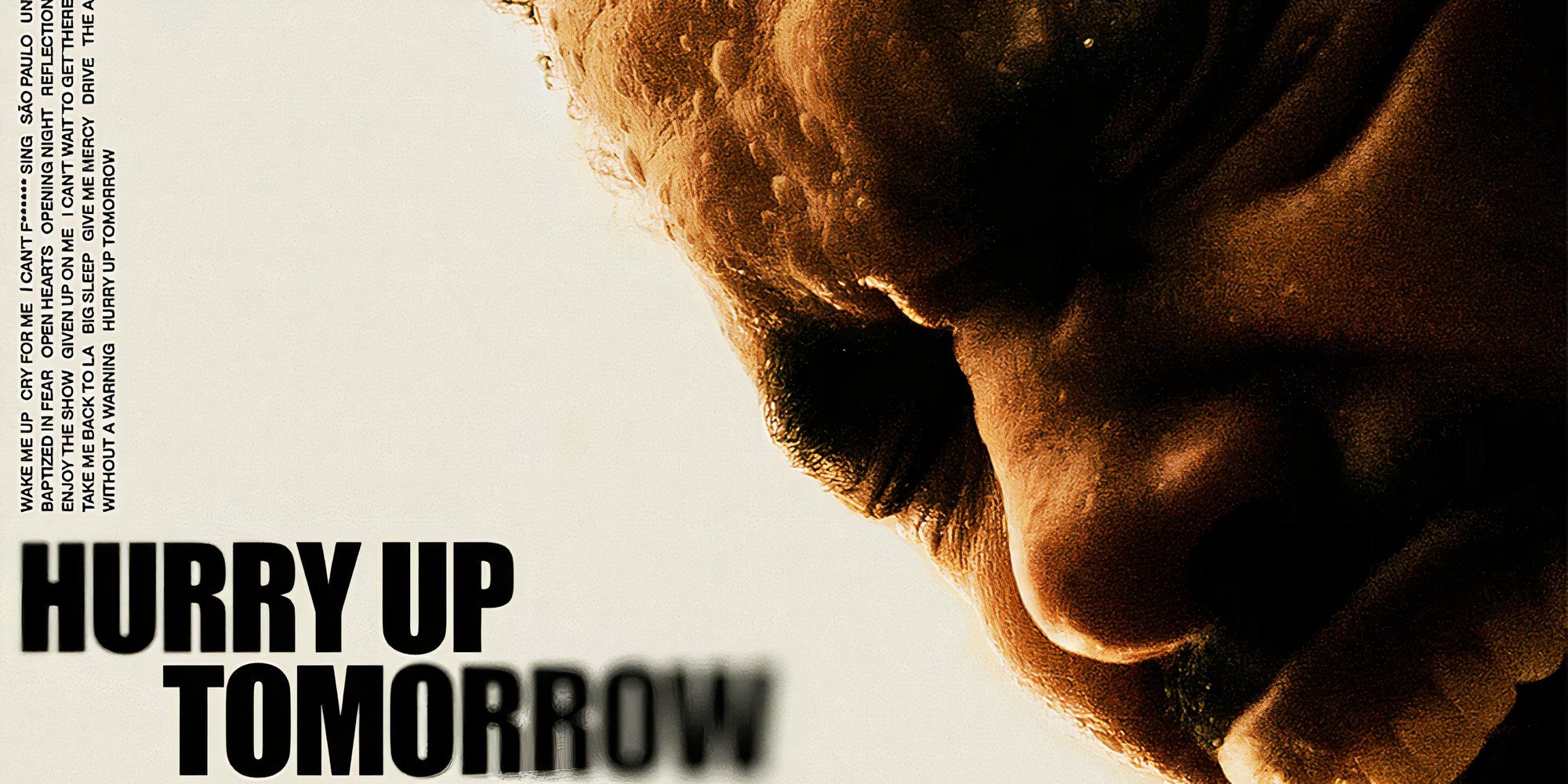
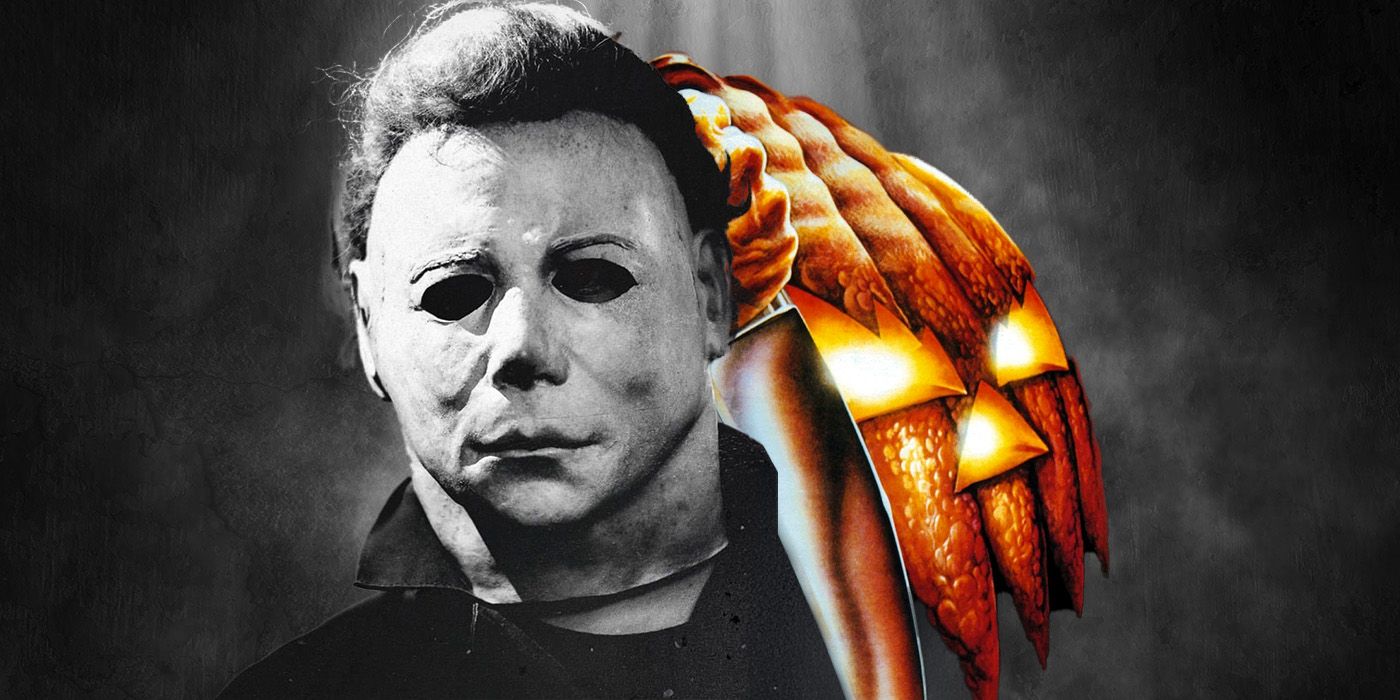

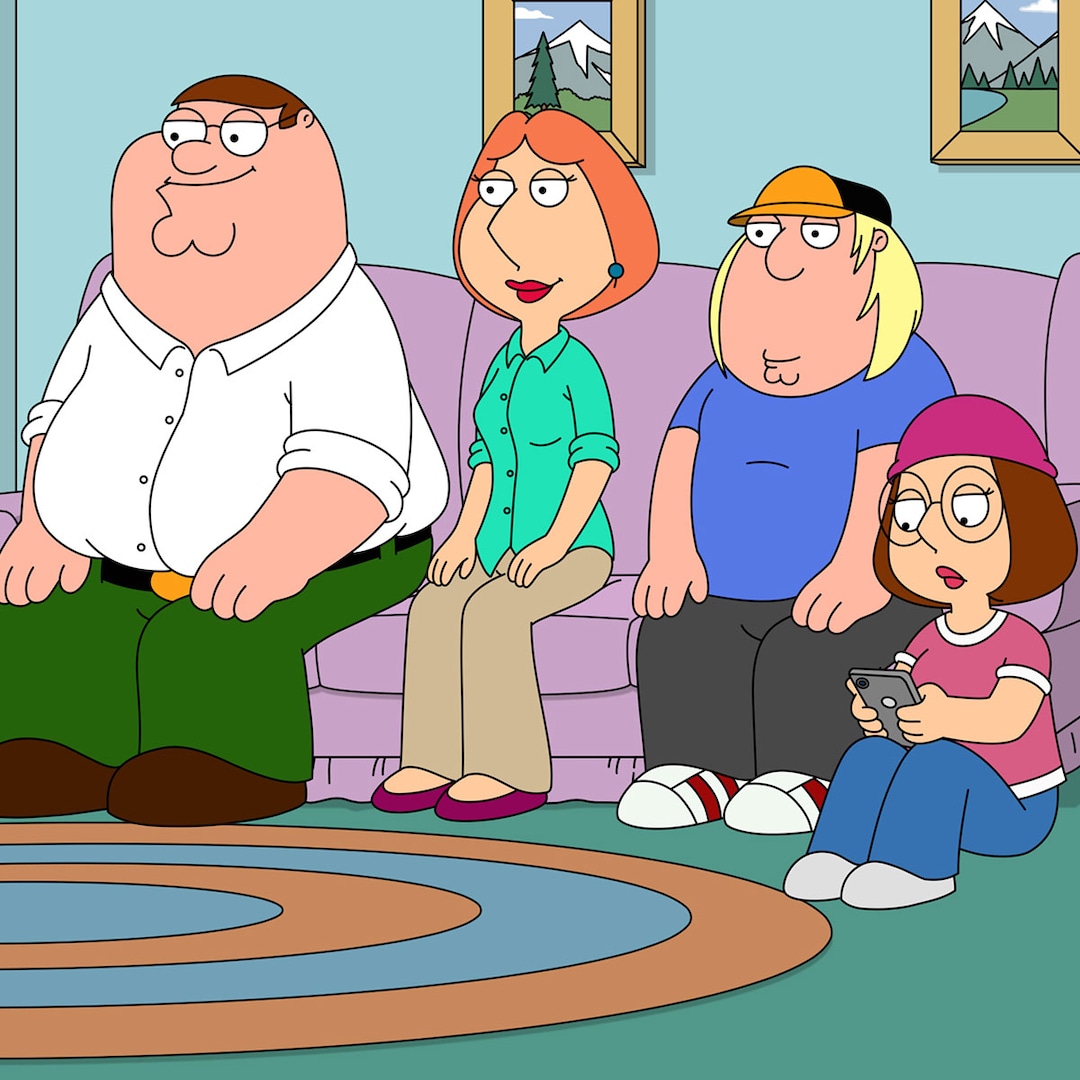

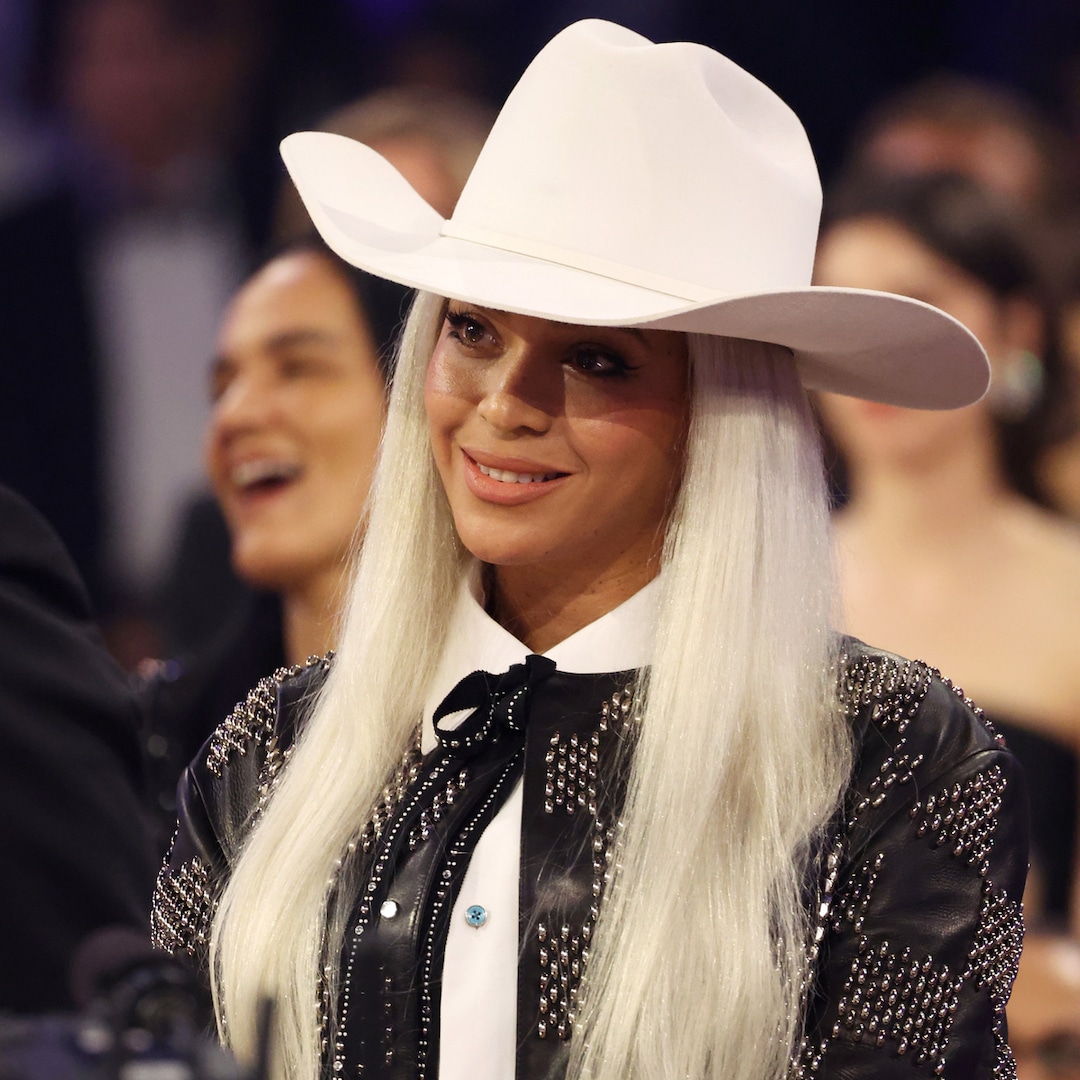


 English (US) ·
English (US) ·